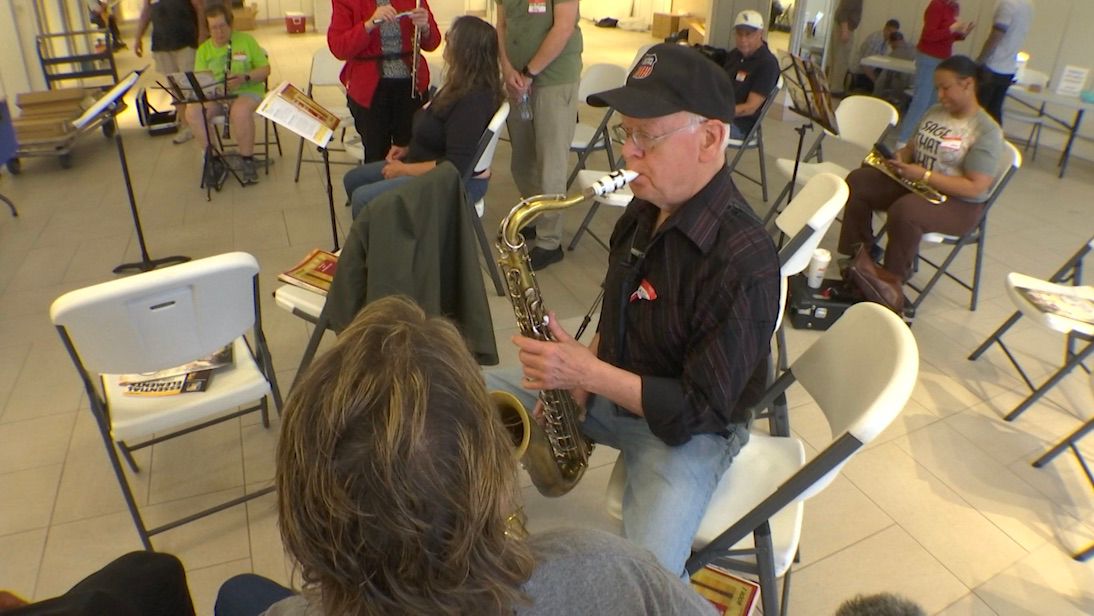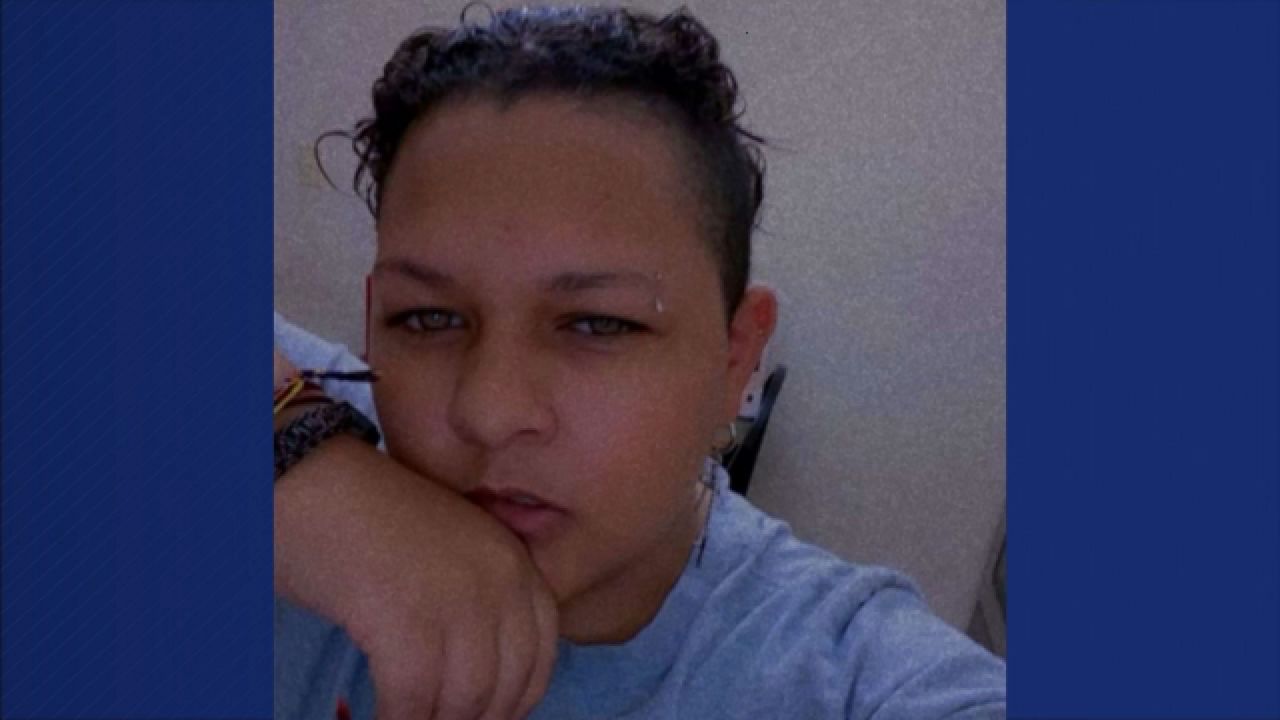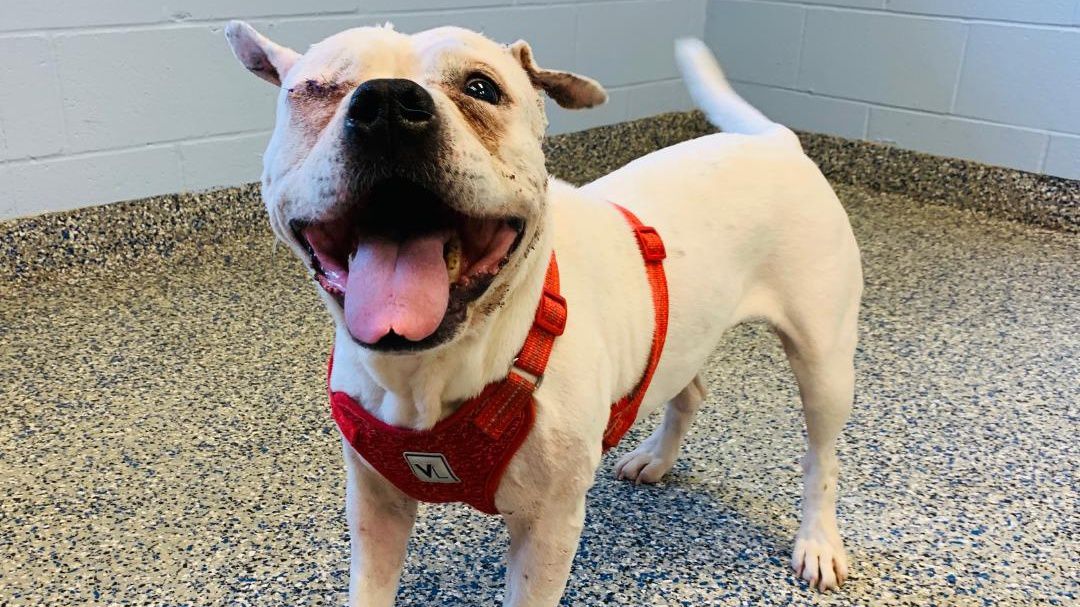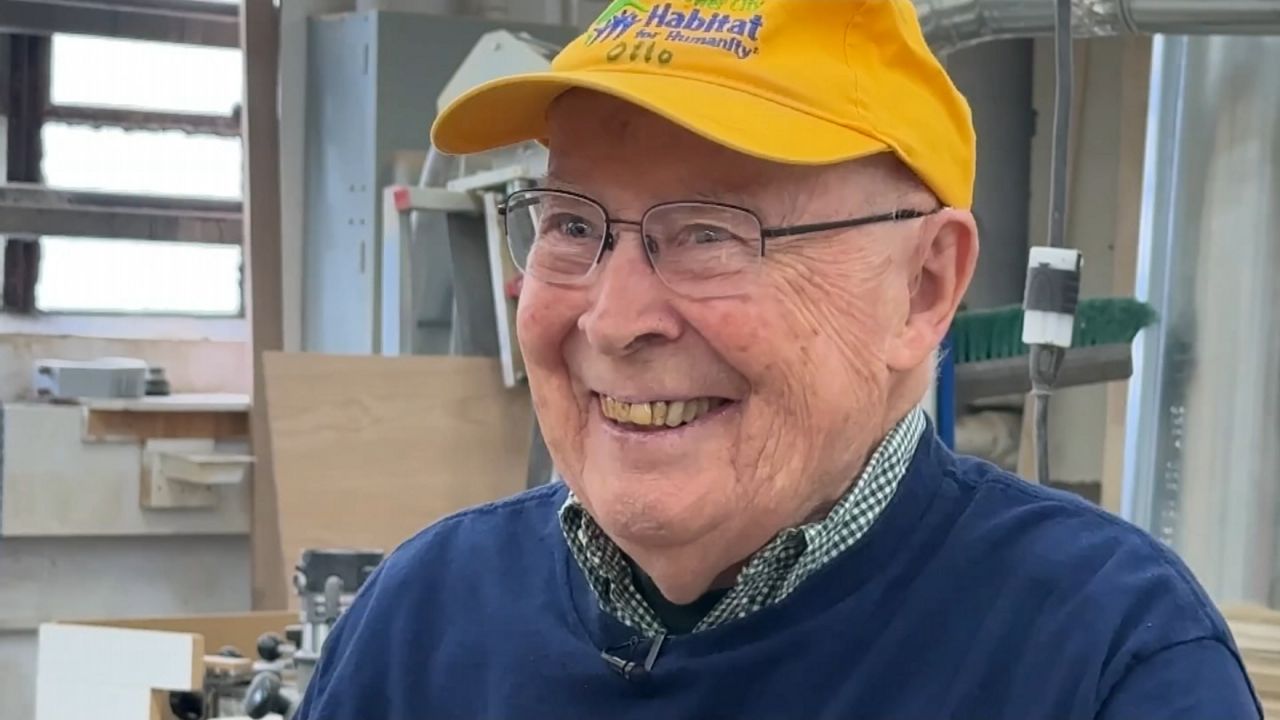Plenty of people will pack their bags and head on vacation this summer.
The Transportation Safety Administration gives Spectrum News 1 a rare look at the secure area of their checked baggage zone at Frederick Douglass Greater Rochester International Airport.
The public is screened at the TSA checkpoint at airports, but the checked baggage zone is where suitcases handed over at the ticket counters are scanned. Every piece of checked luggage moves on a conveyor belt to a location in the airport rarely scene and highly secure.
“We’re here in the bowels of the airport in our checked baggage screening room. This is our inline system," said TSA spokesperson Lisa Farbstein. "The inline system is used to screen checked baggage."
“So this whole area, we actually call it just the baggage zone, so not many people get to see this area because we get to see the front, they drop the bags off and that’s kind of it. So this area’s always been kind of a mystery," said TSA Security Deputy Director Thang Dam, “It goes around through a series of conveyor belts. At the very end of that belt is an X-ray machine. So it goes into the X-ray machine. The X-ray machine takes an X-ray picture of the whole bag.”
The machine is larger than those used to scan carry-on luggage.
"There’s not too much of a difference here, we rely on X-ray technology. So we take the picture right through it so we see every layer, every item. Upstairs we use a CT machine so it’s a little bit different, but the concepts are about the same," said Dam.
Most of the bags coming through the checked bag area don’t raise any red flags. The TSA says about 5-6% will sound the alarm.
Bags in the clear are moved along with a diverter. But those in question are sent in a different direction for further screening.
“If the machine believes that there is something wrong with it, it actually goes to a person, an officer," said Dam.
The bag is screened again with advanced imaging and if need be the contents are searched.
“TSA officers are really focused on looking for any possible explosives, and that’s really what we’re focused on because that could cause a catastrophic incident on an aircraft," said Farbstein.
In recent days, a real, but not live, grenade was found during the screening at Rochester’s airport. It's the type of item this security system is designed to catch.
“There’s no way to bypass the system. Any bags that you drop off in the front have to go through the X-ray, have to be reviewed by an officer before they continue on,” said Farbstein.
Once approved, the luggage gets the thumbs up to be transported to the plane, loaded on board, and flown to its destination.
“Of the very few bags that are actually inspected and opened, very few have had something that had to physically be removed," said Farbstein.
There is a very specific list of what you can and cannot pack in your checked baggage and carry-on luggage as well. You can find out by visiting TSA.gov or by downloading the MY TSA App.
If a bag is searched, a note will be left letting the owner know that it was checked and why.
The TSA recommends, for people who like to lock their suitcases, use a TSA-compatible lock. The TSA officers have a master key for those, others will have to be cut off.









